If there’s one thing we love at Kratora as much as kratom, it’s coffee! The preferred drink of industrialized nations around the world, the warm aroma of coffee wakes many of us up in the morning and helps to keep us going throughout the day.
People who have been following our blog for a while or who have read about the Mitragyna speciosa tree (kratom) will know that Mitragyna speciosa and Coffea Arabica (coffee) are actually members of the same family of plants—the botanical family known as Rubiaceae. Do other plants in the kratom/coffee family have similar effects? Let’s take a closer look at kratom and coffee to answer both of these questions—and more!
Kratom & The Coffee Family: What’s in a Name?
In botany, plants are grouped into genera, species, and sub-species according to features such as whether or not they produce flowers, seeds, or spores and the structure of the plant in general. They are then assigned to a plant family and given a botanical name in Latin with the first word indicating the genus and the second name indicating the species.
To illustrate these divisions, let’s consider three members of the Kratom and coffee family: Mitragyna speciosa, kratom, and coffee. In the plant name Mitragyna speciosa, “Mitragyna” is the genus and “speciosa” is the species. Mitragyna hirsuta shares the genus of Mitragyna speciosa but is a different species. While Coffea Arabica shares the same plant family (Rubiaceae) with these two Southeast-Asian plants, it belongs to a different genus-group and species and is native to Ethiopia.
What is Kratom Coffee?
Kratom coffee is a unique beverage that combines two popular plant-based ingredients: coffee and kratom. Coffee, derived from the beans of the Coffea plant, is renowned for its stimulating effects due to its caffeine content. Kratom, on the other hand, comes from the leaves of the Mitragyna speciosa tree, native to Southeast Asia, and is known for its diverse alkaloid profile that produces a range of effects depending on the dosage.
When combined, kratom and coffee create a synergistic brew that balances the energizing properties of caffeine with the unique characteristics of kratom. This blend is popular among enthusiasts seeking to enhance focus, energy, or relaxation, depending on the kratom strain used and the proportions.
The preparation of kratom coffee typically involves brewing coffee as usual and adding powdered kratom to the mix, carefully measuring the quantities for a customized experience. It has gained popularity among those who enjoy experimenting with natural botanicals to create personalized beverages.
Meet the Family
Members of the same human family share some of their genes and will often share characteristics as well. Perhaps you have your mother’s eyes or your father’s smile. You may even look somewhat similar to your cousins. So, what do kratom and coffee have in common as members of the Rubiaceae family?
To be identified as belonging to the Rubiaceae (or “madder”) family, a plant must be an angiosperm (flowering plant), have opposite leaves arranged in whorls or stipules, have leaves with unbroken margins, and produce fruits in the form of berries, capsules, drupes, or schizocarps. Most plants in this family—such as kratom and coffee—are evergreen and grow in tropical areas. The rest are deciduous and grow in temperate zones.
-
Energy
Maeng Da Kratom Powder
From $19.99 Shop Now This product has multiple variants. The options may be chosen on the product page Quick View -
Relaxing
Premium Commercial Bali Kratom Powder
From $12.99 Shop Now This product has multiple variants. The options may be chosen on the product page Quick View -
Energy
White Vein Borneo Kratom
From $11.99 Shop Now This product has multiple variants. The options may be chosen on the product page Quick View -
Relaxing
Thai Red Vein Kratom
From $14.99 Shop Now This product has multiple variants. The options may be chosen on the product page Quick View -
Energy
Green Malay Kratom Powder
From $12.99 Shop Now This product has multiple variants. The options may be chosen on the product page Quick View
You Might Have Also Heard of…
Notable members of the Rubiaceae family include quinine from the bark of the Cinchona species (used as a remedy for malaria and in tonic water for your G&Ts), ipecac from Carapichea ipecacuanha roots (used in the past to induce vomiting and as a remedy for croup-related bronchitis), gambier from Uncaria gambir (used for tanning), and common madder from Rubia tinctorum (used to produce a natural red dye).
Coffee & Kratom: Same, Same, but Different
So, if they are part of the same plant family, do kratom and coffee have anything in common besides their leaf shape and the fact that they produce flowers? What kratom and coffee do have in common is that both have a stimulating effect on the body. Stimulating kratom’s aromas are most potent at low doses and relaxing/analgesic at high doses, high doses of coffee are more likely than high doses of kratom to keep you awake at night.
Potential Benefits of Combining Kratom and Coffee
Combining kratom and coffee can offer a range of potential benefits, largely influenced by the complementary effects of their active compounds:
- Increased Energy and Focus
Coffee is widely celebrated for its ability to boost energy and improve concentration, thanks to caffeine. When combined with certain kratom strains, particularly white vein varieties, the result may be an amplified focus and energy boost without the jitteriness sometimes associated with coffee alone. - Balanced Stimulation
For individuals who find coffee too stimulating, kratom can provide a balancing effect. Depending on the strain, kratom may help smooth out caffeine’s intensity, creating a more controlled and sustained sense of alertness. - Mood Support
Many users report that kratom enhances their mood, and when paired with coffee’s uplifting qualities, it can contribute to a positive and motivated mindset throughout the day. - Customizable Effects
One of the primary appeals of kratom coffee is the ability to tailor the experience. By adjusting the kratom strain and dosage, users can fine-tune the drink to prioritize energy, relaxation, or a mix of both.
A Question of Alkaloids
To understand their different effects, it is helpful to take a look at the main alkaloids of the two plants. While they may share some physical characteristics, kratom and coffee family members such as kratom and coffee have completely different alkaloids that cause them to act on different receptors in the body.
The main alkaloid in coffee (you can probably guess)… is caffeine!
Kratom is believed to have over 40 alkaloids, of which the most abundant are mitragynine, speciogynine, and speciociliatine. 7-hydroxymitragynine comprises only 2% of the plant but appears to be the most influential in terms of the plant’s characteristics. While caffeine is present in many different plants, mitragynine and 7-hydroxymitragynine are only found in the Mitragyna speciosa plant.
What about Combretum Quadrangulare and Mitragyna Hirsuta?
Another difference between kratom and coffee? Coffee remains legal around the world whereas kratom has been restricted or banned in several countries. In places where kratom sales have been restricted or banned, kratom alternatives such as Combretum quadrangulare (sakae naa) and Mitragyna hirsuta (kra thum khok) have become popular choices.
As a member of the same plant family as kratom and coffee, Mitragyna hirsuta shares the mitraphylline alkaloid of kratom but needs to be experienced with larger amounts of plant matter to feel a similar effect. Combretum quadrangulare (sakae naa) belongs to the Combretaceae family but produces a stimulating aroma that is similar to kratom. So, as the kratom-coffee family shows, plants don’t necessarily have to be in the same family to have a similar effect!
-
Energy
Mitragyna Hirsuta Powder
From $11.99 Shop Now This product has multiple variants. The options may be chosen on the product page Quick View -
Body and Mind
Combretum Quadrangulare (Sakae Naa)
From $11.99 Shop Now This product has multiple variants. The options may be chosen on the product page Quick View
Tips for Combining Kratom and Coffee
Creating the perfect cup of kratom coffee requires careful consideration and preparation to ensure an enjoyable experience:
- Start Small
If you’re new to kratom coffee, start with a low dose of kratom to see how your body reacts when combined with coffee. Gradually adjust the amounts as needed. - Choose the Right Kratom Strain
- White Vein: Known for energy and focus, ideal for morning routines.
- Green Vein: Offers a balanced experience, suitable for all-day use.
- Red Vein: Often used for relaxation, better for evening or winding down.
- Mix Thoroughly
Kratom powder can sometimes clump, so mix it thoroughly into your coffee to ensure even distribution. Using a frother or blending the mixture can improve texture and consistency. - Add Flavor Enhancers
Kratom has a naturally bitter taste that some may find overpowering. Consider adding milk, creamer, or natural sweeteners like honey to balance the flavors. - Time Your Intake
Since both coffee and kratom can affect energy levels, avoid consuming the combination too close to bedtime to prevent disruptions to your sleep cycle.
Potential Health Considerations
While kratom coffee can be an enjoyable and beneficial beverage, it’s important to consider the following health aspects:
- Caffeine Sensitivity
Coffee contains caffeine, which can cause side effects such as restlessness, increased heart rate, or digestive upset in sensitive individuals. Combining it with kratom may amplify these effects in some cases. - Individual Reactions
Everyone’s body responds differently to kratom and coffee. Monitor how you feel after consuming the combination and adjust accordingly.
The Bottom Line of Kratom & Coffee
While there are many differences between the two, the similarities and differences between kratom and coffee are abundant.
At Kratora, we are proud to stock the freshest organic, ethically-harvested kratom and kratom alternatives from around the world and ship them to your door in record time. Order today to receive same-day shipping on orders submitted before 3 PM EST Monday through Friday and 1 PM EST on Saturdays (excluding holidays).
Please note that our products are sold for external use only.
Please note that the US FDA has not approved kratom to be sold for human consumption, sold for external use only. None of the products sold on our website are intended to diagnose, treat, cure, or prevent any disease or medical condition.
Want to learn more about kratom quality and value? Start here:
Why Buying Cheap Kratom Can Be Dangerous

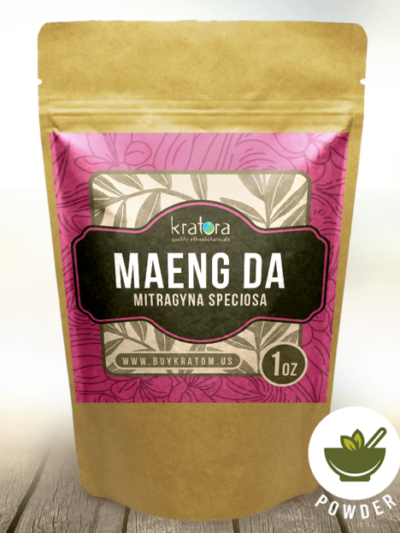
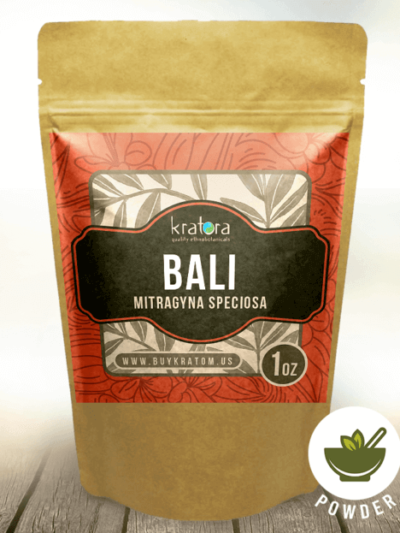
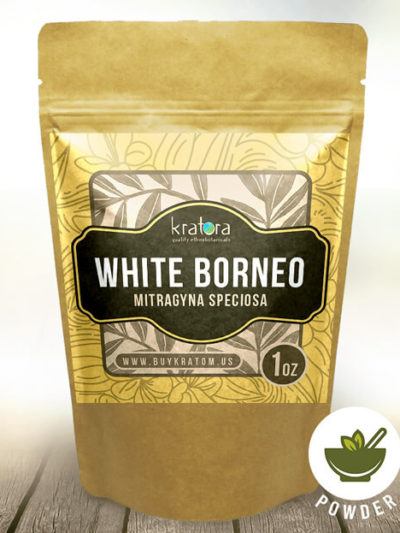
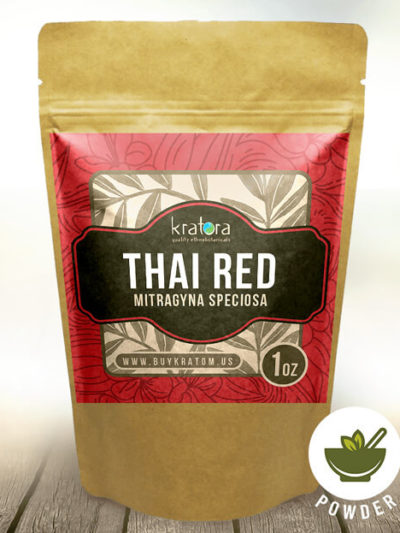
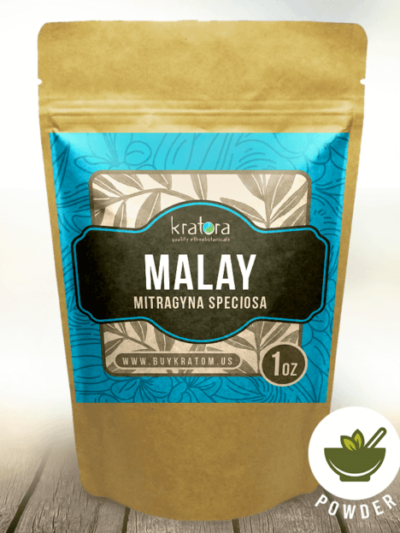
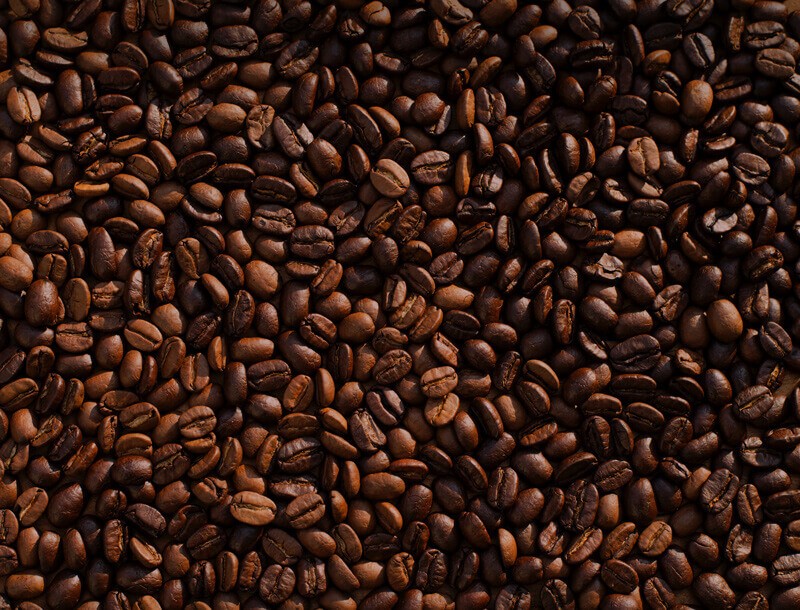

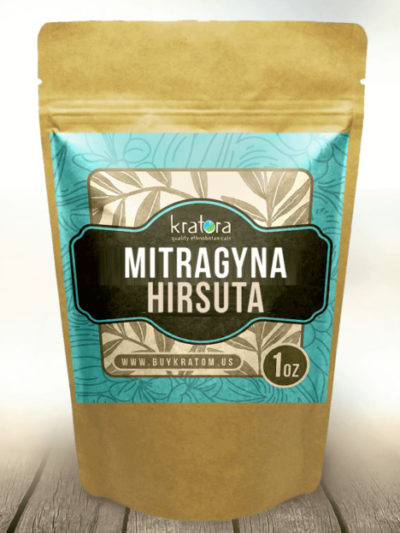
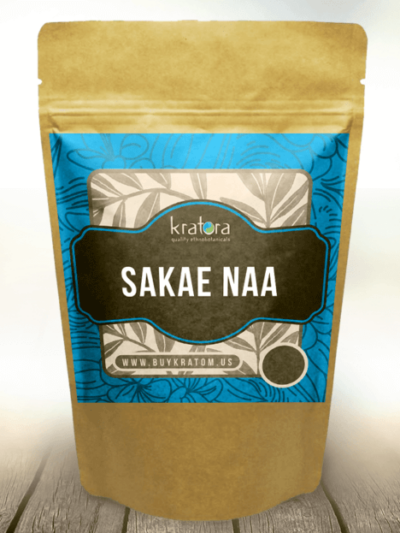

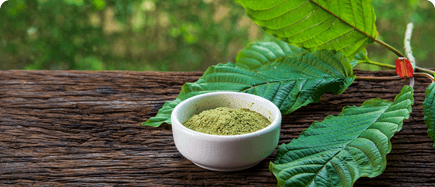
I found Kratora in 2013 and have been a loyal customer ever since. The products are first rate and customer service is the best I’ve ever seen. I haven’t had any issues with Kratora. I’ve just had questions about rewards, etc. They responded quickly and I never had to argue about anything. I’m so glad I found them!!
Thank you so much for your loyalty and kind words! 😊 We’re thrilled to have been your trusted source since the beginning. Providing top-quality products and excellent customer service is our passion, and we’re always here to help. We truly appreciate you!